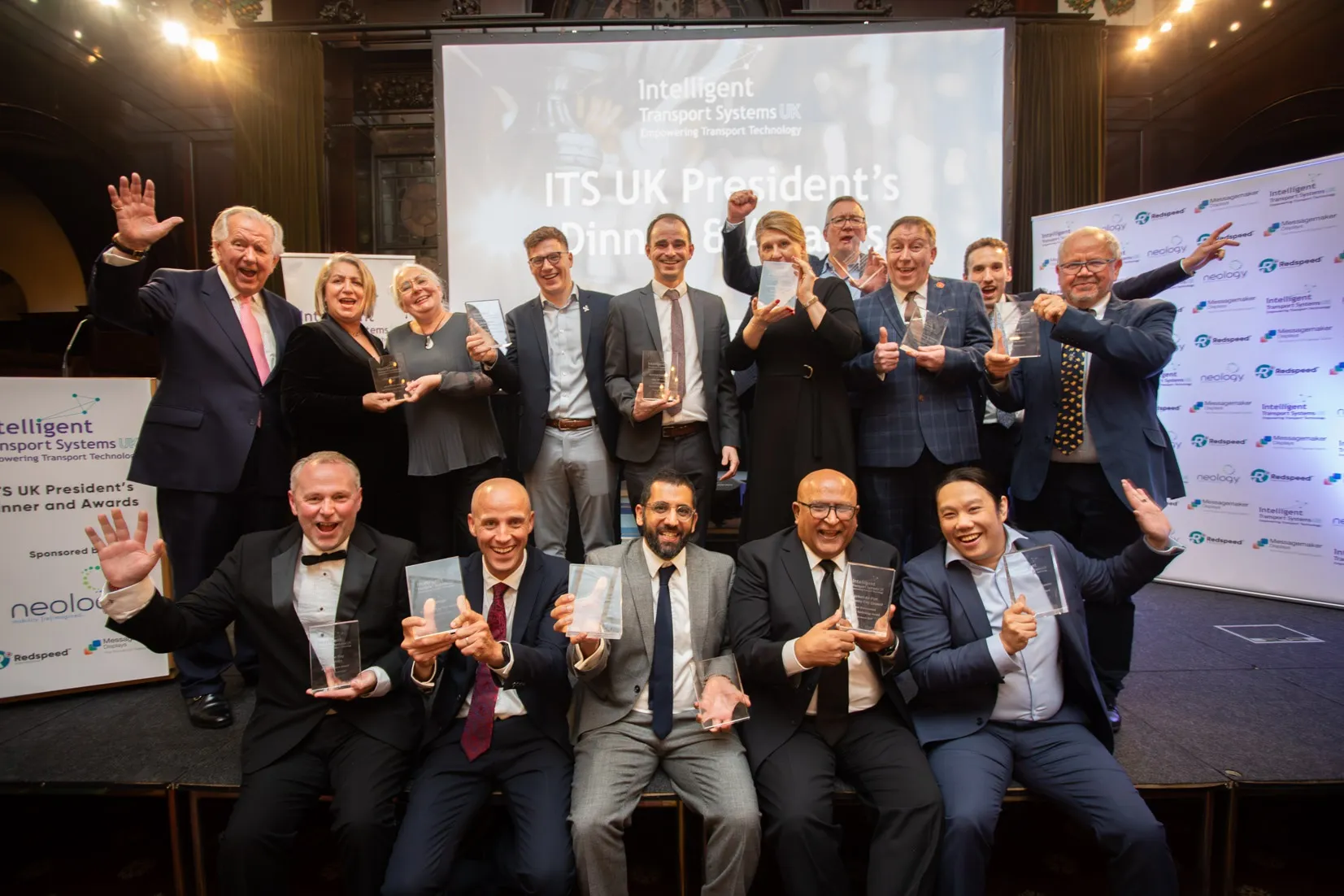The China Machine Vision Union (CMVU) has become the fifth member of the G3 standardisation initiative of the European Machine Vision Association (EMVA), joining AIA-Advancing Vision + Imaging (AIA), EMVA, Japan Industrial Imaging Association (JIIA) and VDMA Machine Vision (VDMA MV).
EMVA says cooperation on vision standards is critical to the expanded use of vision and imaging technologies throughout industry, cutting cut down on development time, investment costs and accelerating time-to-market.
Joc
June 9, 2015
Read time: 2 mins
The China Machine Vision Union (CMVU) has become the fifth member of the G3 standardisation initiative of the 6855 European Machine Vision Association (EMVA), joining AIA-Advancing Vision + Imaging (AIA), EMVA, Japan Industrial Imaging Association (JIIA) and VDMA Machine Vision (VDMA MV).
EMVA says cooperation on vision standards is critical to the expanded use of vision and imaging technologies throughout industry, cutting cut down on development time, investment costs and accelerating time-to-market.
Jochem Herrmann, EMVA board member comments: “Cooperation on standards is very beneficial for all companies active in machine vision and for the industry as a whole. I’m therefore very happy that CMVU has joined G3. Through the membership of CMVU, current G3 standards will be promoted more effectively in China, but also Chinese standardization initiatives will be open for the members of the other G3 associations."
Pan Jin, President of the CMVU comments, “It is our honour to become a member of the G3. Joining the cooperation agreement will create a bridge between China and other associations throughout the world. Also it will help us to enhance and extend the development of machine vision by unifying the vision standards. As one of the biggest potential markets, we are willing to contribute to this industry under this cooperation.”
In addition to providing an open communication channel between the various vision associations, one additional significant accomplishment of the G3 has been the publication of the Global Machine Vision Interface Standards brochure. For the first time, vision users have a comprehensive reference which describes what digital interface hardware and software standards are and provides an unbiased comparison between the various standards.
EMVA says cooperation on vision standards is critical to the expanded use of vision and imaging technologies throughout industry, cutting cut down on development time, investment costs and accelerating time-to-market.
Jochem Herrmann, EMVA board member comments: “Cooperation on standards is very beneficial for all companies active in machine vision and for the industry as a whole. I’m therefore very happy that CMVU has joined G3. Through the membership of CMVU, current G3 standards will be promoted more effectively in China, but also Chinese standardization initiatives will be open for the members of the other G3 associations."
Pan Jin, President of the CMVU comments, “It is our honour to become a member of the G3. Joining the cooperation agreement will create a bridge between China and other associations throughout the world. Also it will help us to enhance and extend the development of machine vision by unifying the vision standards. As one of the biggest potential markets, we are willing to contribute to this industry under this cooperation.”
In addition to providing an open communication channel between the various vision associations, one additional significant accomplishment of the G3 has been the publication of the Global Machine Vision Interface Standards brochure. For the first time, vision users have a comprehensive reference which describes what digital interface hardware and software standards are and provides an unbiased comparison between the various standards.









